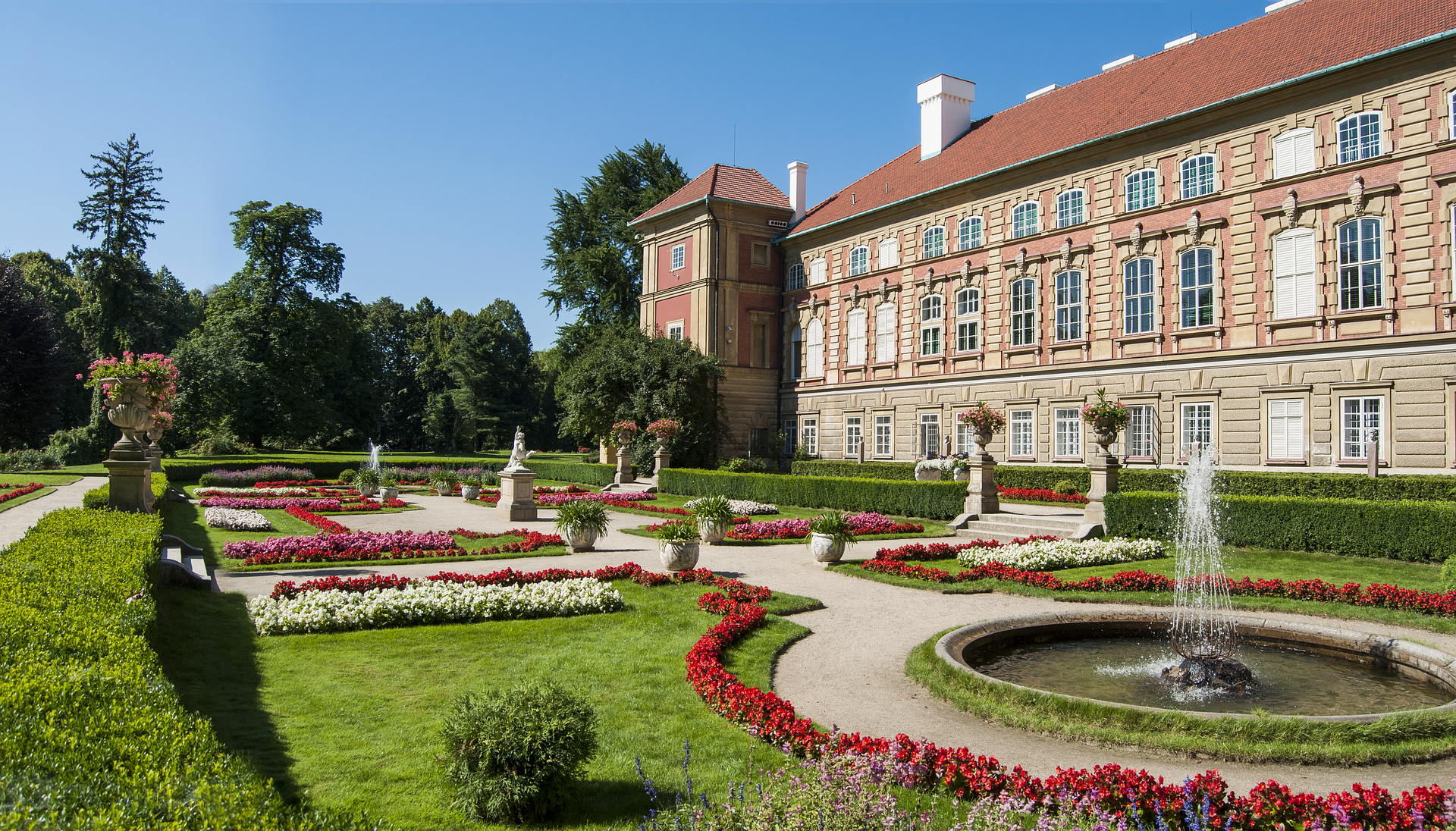The Majestic Gdansk Crane: A Journey into Poland’s Rich Maritime History
If you’re planning a trip to Gdansk, Poland, there’s one iconic landmark that you simply can’t afford to miss – the Gdansk Crane. This towering structure, which once served as an integral part of the city’s shipyard, is now a symbol of Gdansk’s rich maritime history.
History of the Gdansk Crane
The first mention of the Gdansk Crane dates back to 1367. However, this original structure was destroyed by fire in 1442. Not to be deterred, the people of Gdansk quickly set to work building a new crane between 1442 and 1444. This impressive edifice was not only a functional tool for the city’s bustling port but also a fortified water gate.
Architecture and Function
Built in the Gothic style, the Gdansk Crane stands as the largest medieval port crane in Europe. This twin-towered gate is unique in all of Europe and is truly a sight to behold. It was used primarily to place masts on ships and to load cargo, a testament to the city’s thriving trade during the Middle Ages.
Unfortunately, the wooden portion of the crane was destroyed during World War II, leaving only 60% of the brick structure intact. Despite this loss, the crane remains a significant attraction for visitors today.

Visiting the Gdansk Crane Today
Now under the care of the National Maritime Museum, the Gdansk Crane hosts exhibitions about the historical port and the city’s maritime past. Visitors can explore the ins and outs of this fascinating structure, learn about its history, and even get a bird’s-eye view of the city from its top.
The Gdansk Crane is located on the Motława River, making it easily accessible for tourists. While entry fees and opening hours may vary depending on the season, it’s generally open year-round, allowing visitors to explore at their leisure.
Nearby Attractions and Eateries
After exploring the Gdansk Crane, why not take a stroll along the Motława River? There, you’ll find a plethora of local eateries offering a taste of traditional Polish cuisine. Don’t forget to try pierogi, a type of Polish dumpling that’s a local favorite.
For those interested in architecture and history, the Old Town of Gdansk is just a stone’s throw away. Here, you can marvel at the city’s beautiful buildings, visit St. Mary’s Church, or simply enjoy a leisurely walk through the charming streets.
Conclusion
The Gdansk Crane is more than just a historical landmark – it’s a testament to the resilience and determination of the people of Gdansk. Whether you’re a history buff, an architecture enthusiast, or simply a curious traveler, a visit to the Gdansk Crane offers a unique and enriching experience that you won’t soon forget.




